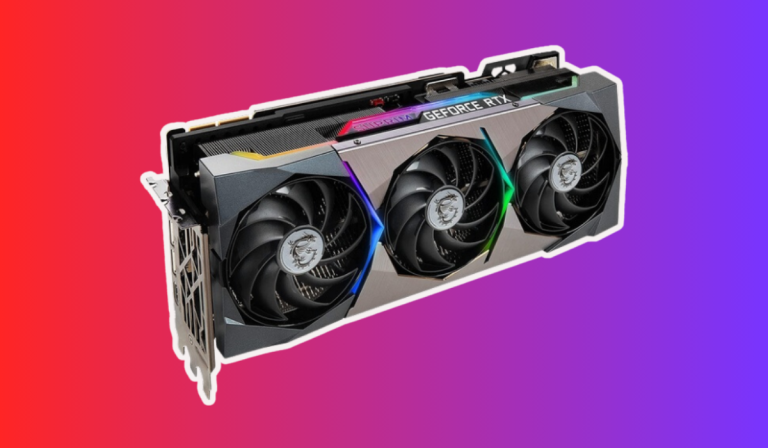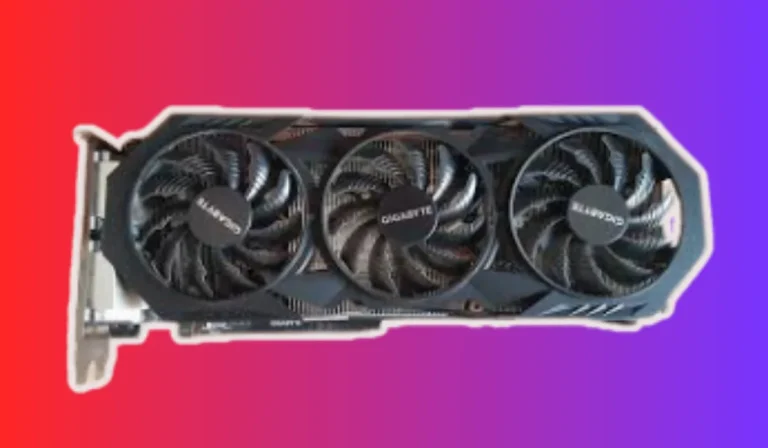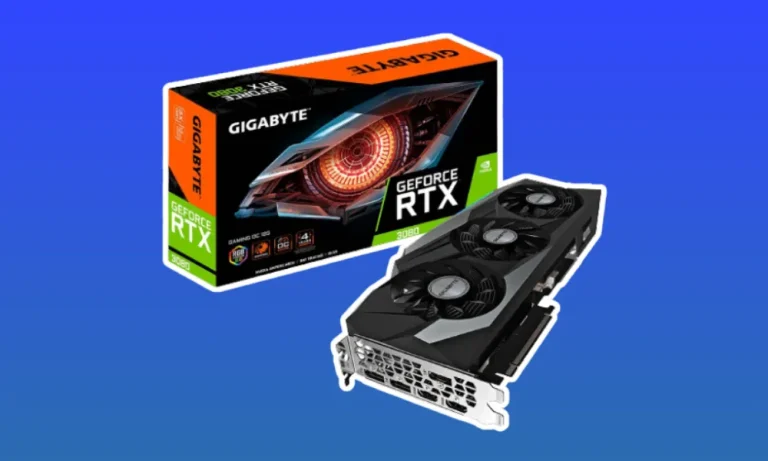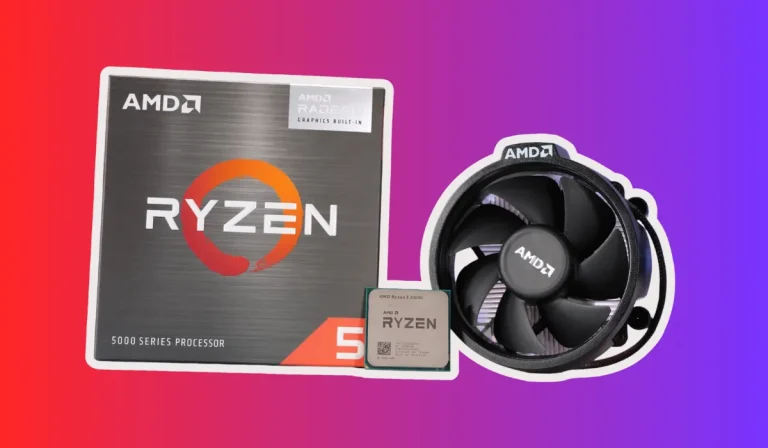How to Check Graphics Card in Laptop?
Is your laptop not performing as well as you’d like? It might be time to check your graphics card! Knowing how to check the graphics card in your laptop is crucial for optimizing performance and compatibility. In this easy-to-follow guide, we’ll walk you through the steps, ensuring even 7th graders can understand. Let’s dive in!
Checking Graphics Card in Windows
If you’re a Windows user and want to check the graphics card on your laptop, you’re in the right place! Knowing the type and specifications of your graphics card can help you troubleshoot performance issues and ensure compatibility with software and games.
To check your graphics card in Windows, follow these simple steps:
1. Using Device Manager
- Press the Windows key + R to open the Run dialog box.
- Type in devmgmt. msc and hit Enter to open Device Manager.
- Expand the Display Adapters category to see your graphics card listed.
- Note down the name and model of your graphics card.
2. Using the DirectX Diagnostic Tool
- Press the Windows key + R to open the Run dialog box.
- Type in dxdiag and hit Enter to open the DirectX Diagnostic Tool.
- In the Display tab, you’ll find the name and other details of your graphics card.
3. Using Third-Party Software
- There are various third-party software options available, such as GPU-Z or Speccy, that provide detailed information about your graphics card.
- Download and install reliable software, then launch it to see the graphics card details.
By following these steps, you can easily check your graphics card in Windows. Remember to keep your drivers up to date for optimal performance. Understanding your graphics card will help you make informed decisions regarding software compatibility and gaming requirements.
Checking Graphics Card in macOS
If you’re using a macOS device and want to check the graphics card on your laptop, you’re in luck! Knowing the specifics of your graphics card can help you troubleshoot performance issues and ensure compatibility with software and games.
To check your graphics card in macOS, follow these straightforward steps:
1. Using System Information
- Click on the Apple menu in the top-left corner of your screen and select About This Mac.
- In the Overview tab, click on System Report to open System Information.
- On the left sidebar, under Hardware, click on Graphics/Displays.
- You’ll find detailed information about your graphics card, including the model name and VRAM.
2. Using Terminal Commands
- Open the Terminal application by going to Applications > Utilities > Terminal.
- Type the command system_profiler SPDisplaysDataType and hit Enter.
- The Terminal will display information about your graphics card, including the model name and VRAM.
3. Using Third-Party Software
- Several third-party applications, such as Macs Fan Control or iStat Menus, provide detailed information about your graphics card.
- Download and install reliable software, then launch it to access the graphics card details.
By following these steps, you can easily check your graphics card in macOS. Keeping your graphics card drivers up to date is essential for optimal performance. Understanding your graphics card will help you ensure compatibility with software and make informed decisions regarding your computing needs.
Checking Graphics Card in Linux
If you’re a Linux user and want to check the graphics card in your laptop, we’ve got you covered! Knowing the details of your graphics card can help you troubleshoot performance issues and ensure compatibility with software and games.
To check your graphics card in Linux, you can follow these simple steps:
1. Using Terminal Commands
- Open the Terminal application by searching for it in your application launcher.
- Type the command lspci -v | grep -A 1 -i vga and hit Enter.
- The Terminal will display information about your graphics card, including the model name and other details.
2. Using System Monitor
- Open the System Monitor application by searching for it in your application launcher.
- In the Resources tab, click on the Graphics tab.
- Here, you’ll find information about your graphics card, including the vendor, model, and driver in use.
3. Using GUI Tools
- Linux distributions often provide graphical tools for hardware information, such as Hardinfo or lshw-gtk.
- Install a tool of your choice from your distribution’s package manager, then launch it to access detailed information about your graphics card.
By following these steps, you can easily check your graphics card in Linux. Keeping your graphics card drivers up to date is crucial for optimal performance. Understanding your graphics card will help you troubleshoot issues and ensure compatibility with software and games.
FAQ’s
1. How can I check my graphics card on a laptop?
To check your graphics card in a laptop, go to the “Device Manager” in the Control Panel, expand the “Display Adapters” category, and you’ll find your graphics card listed there.
2. Is there a way to check my graphics card without opening my laptop?
Yes, you can check your graphics card without opening your laptop by using software tools. On Windows, you can use applications like CPU-Z or GPU-Z to gather detailed information about your graphics card.
3. Can I check my graphics card in a MacBook?
Absolutely! On a MacBook, you can easily check your graphics card by clicking on the Apple menu, selecting “About This Mac,” and then clicking on “System Report” to access the “Graphics/Displays” section.
4. What if I cannot find my graphics card in the Device Manager?
If you cannot find your graphics card in the Device Manager, it may indicate a driver issue or a hardware problem. Try updating your graphics card driver or consult a professional to diagnose and resolve any hardware-related issues.
5. Are there any third-party software options to check my graphics card?
Yes, there are several third-party software options available to check your graphics card. Applications such as GPU-Z, Speccy, or HWiNFO provide detailed information about your graphics card’s specifications, temperature, and performance.
Conclusion
Checking your graphics card in a laptop is a simple process that can help you troubleshoot performance issues and ensure compatibility with software and games.
Whether you’re using Windows or macOS, following a few steps or using software tools can provide you with the necessary information about your graphics card. Stay informed and optimize your laptop’s graphics performance!




